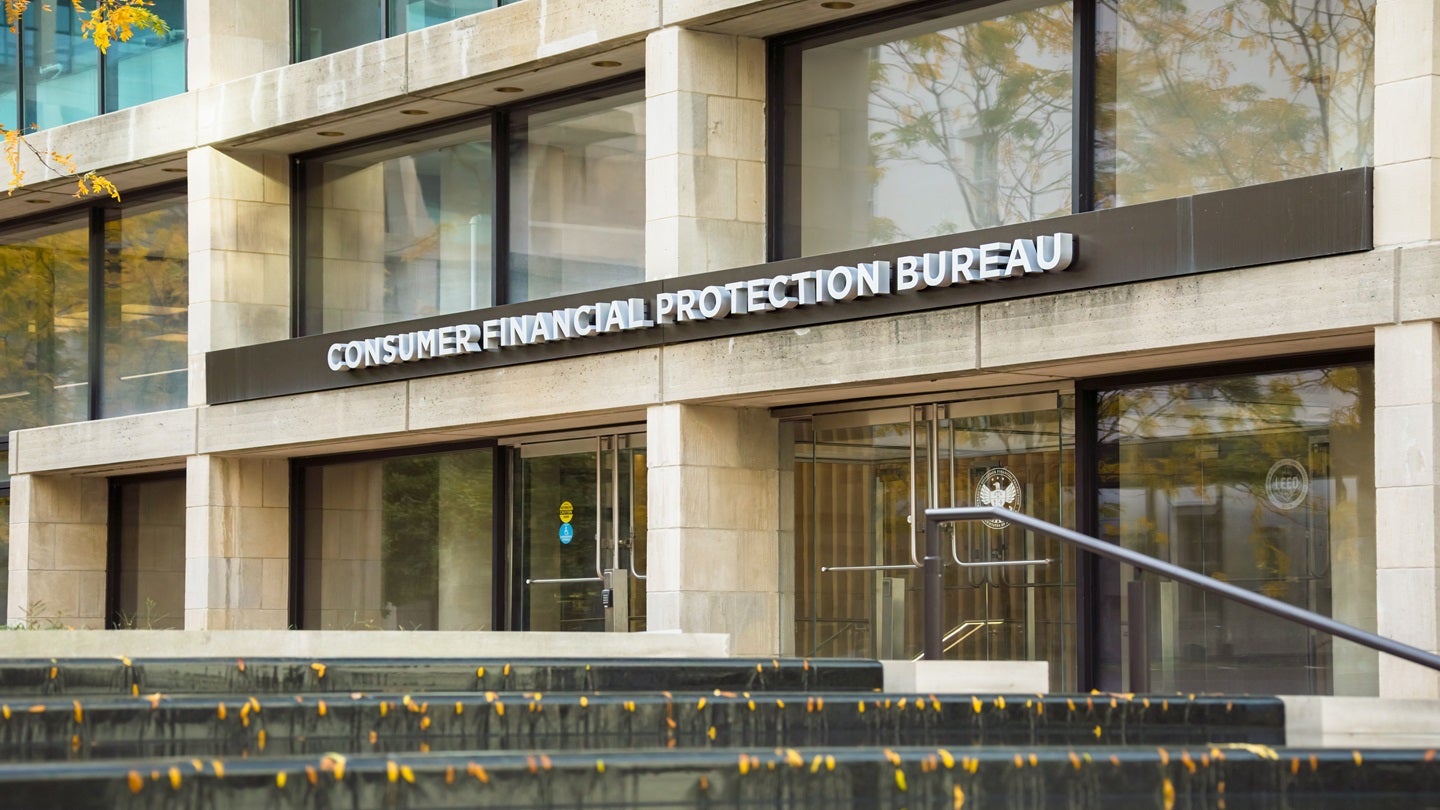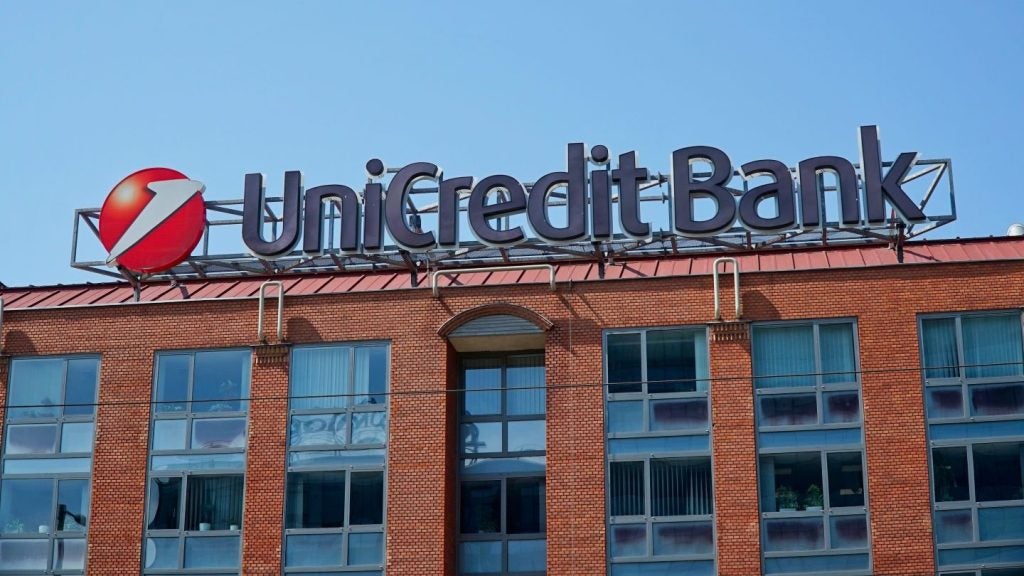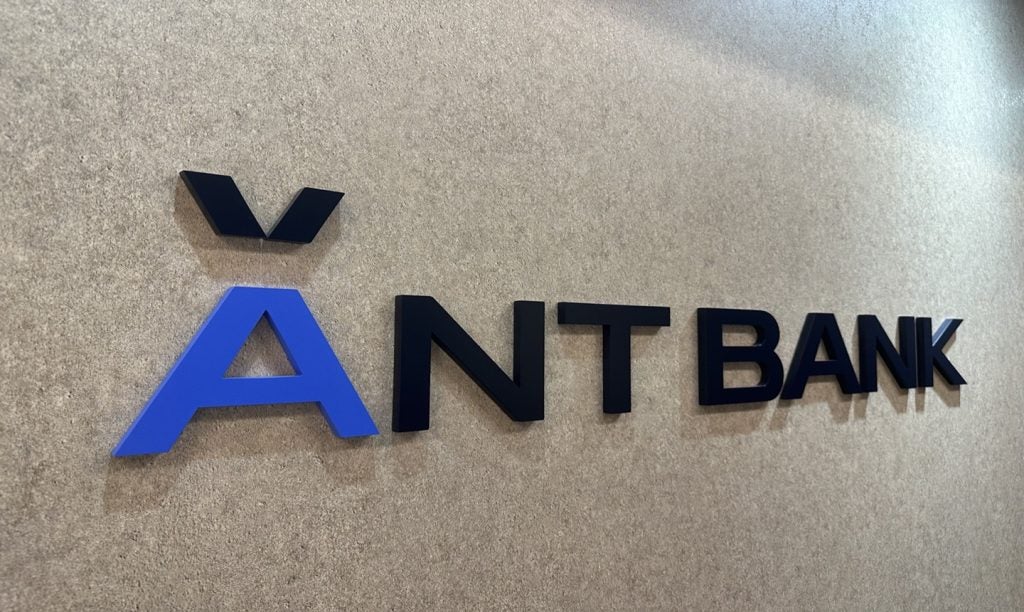
The Consumer Financial Protection Bureau (CFPB) has announced the implementation of a final rule aimed at reforming overdraft fees, a move that could save US consumers up to $5bn annually.
The regulation targets banks and credit unions with assets more than $10bn, providing them with several options to manage their overdraft lending programmes.
These include capping overdraft fees at $5, covering only costs and losses, or complying with traditional lending laws if they continue profit-driven overdraft loans.
The new overdraft rule will take effect on 1 October 2025.
The CFPB’s action addresses a longstanding regulatory gap that allowed large banks to exclude overdraft fees from being considered a finance charge.
This exemption dates back to 1969, when the Federal Reserve Board decided that overdraft services, typically not for profit but as a courtesy, should not be subject to the Truth in Lending Act (TILA) protections.

US Tariffs are shifting - will you react or anticipate?
Don’t let policy changes catch you off guard. Stay proactive with real-time data and expert analysis.
By GlobalDataHowever, in recent decades, overdraft loans have become a significant source of consumer costs, contributing to the financial exclusion of tens of millions of consumers and negative credit impacts.
Financial institutions with assets exceeding $10bn now face three options for charging overdraft fees. They can cap the fee at $5, set a fee that covers their costs and losses, or fully disclose overdraft loan terms akin to other loans, such as credit cards.
This includes providing consumers with the choice to open an overdraft credit line, account-opening disclosures for comparison shopping, periodic statements, and payment options.
The CFPB’s initiative is part of an effort by the White House Competition Council to reduce junk fees across various sectors.
The CFPB has led this initiative, resulting in several banks reducing or eliminating overdraft and non-sufficient fund (NSF) fees, saving consumers $6bn annually. Despite these changes, consumers still paid over $5.8bn in overdraft and NSF fees in 2023.
CFPB director Rohit Chopra said: “For far too long, the largest banks have exploited a legal loophole that has drained billions of dollars from Americans’ deposit accounts.
“The CFPB is cracking down on these excessive junk fees and requiring big banks to come clean about the interest rate they’re charging on overdraft loans.”
The CFPB has also enforced actions against large institutions for illegal overdraft fees, ordering refunds to consumers.
Recent enforcement actions against Navy Federal Credit Union, Wells Fargo, Regions Bank, and Atlantic Union have led to significant refunds for unlawful fees.







